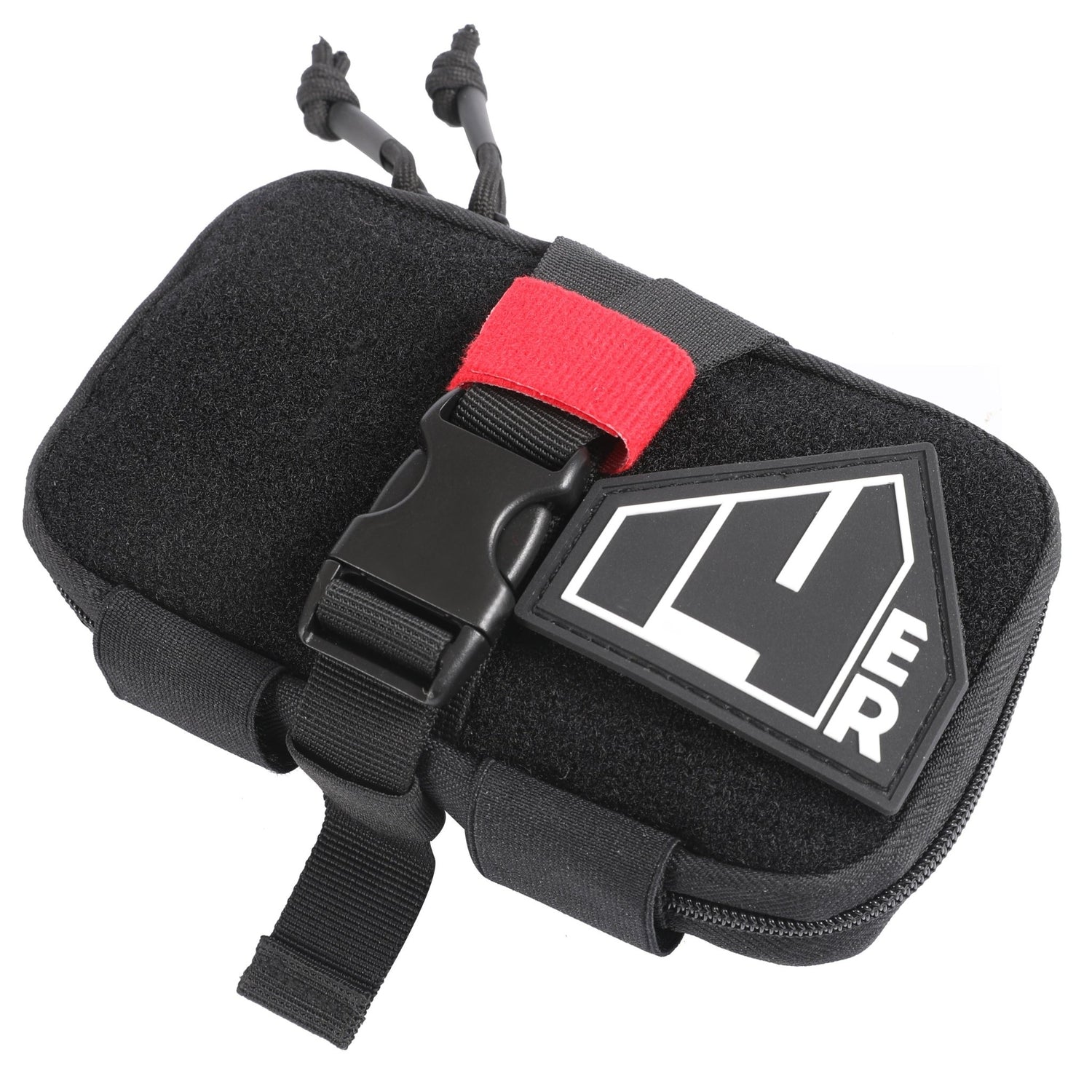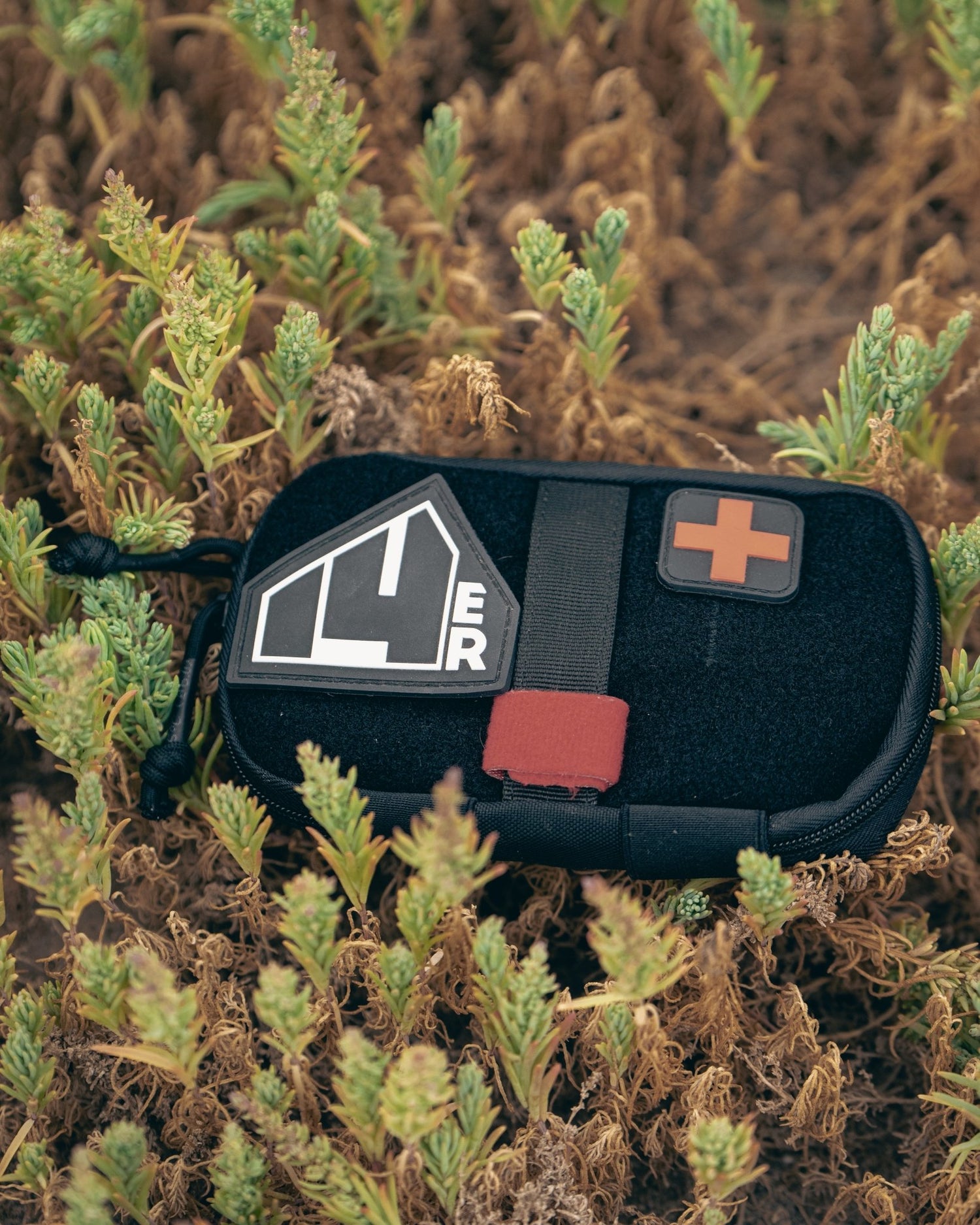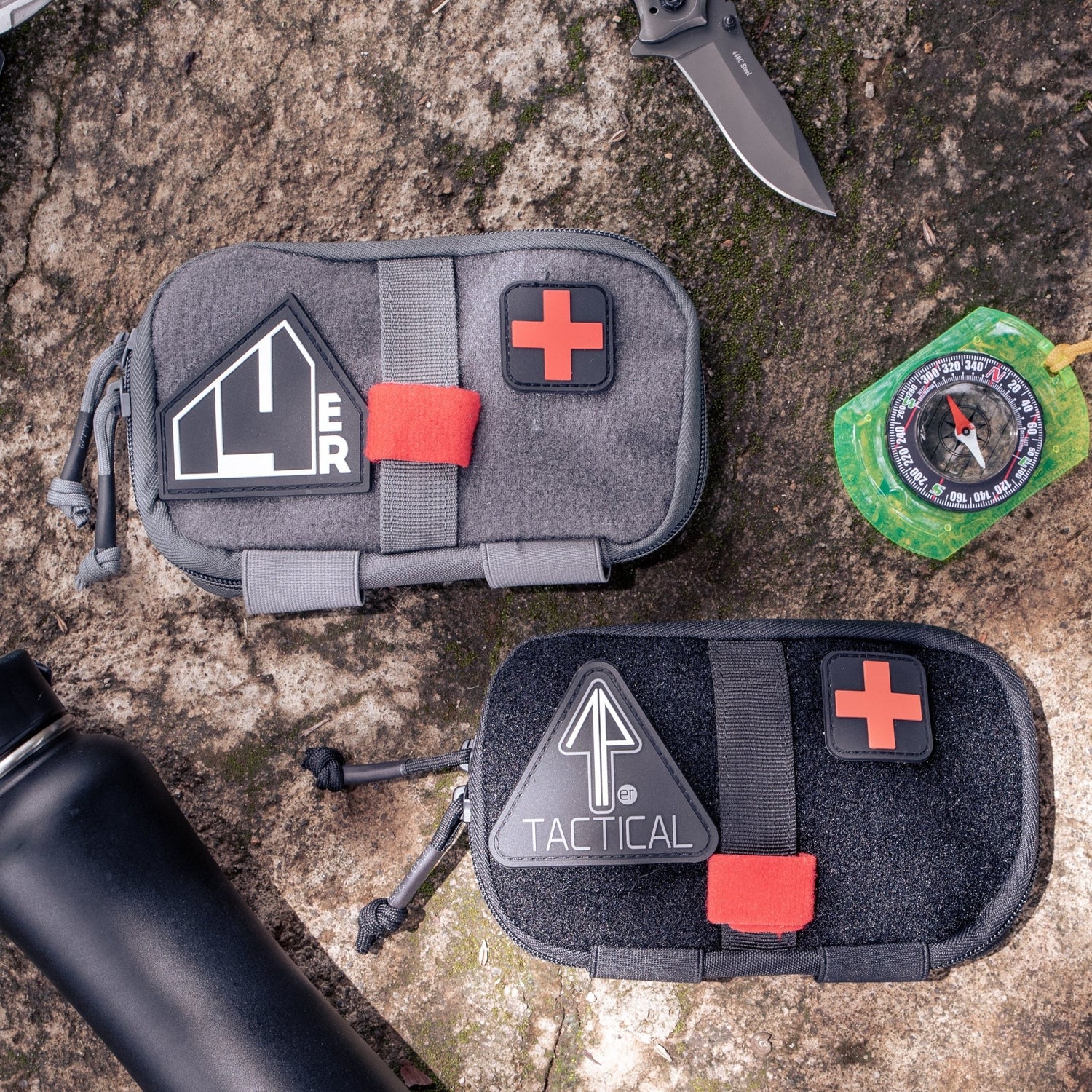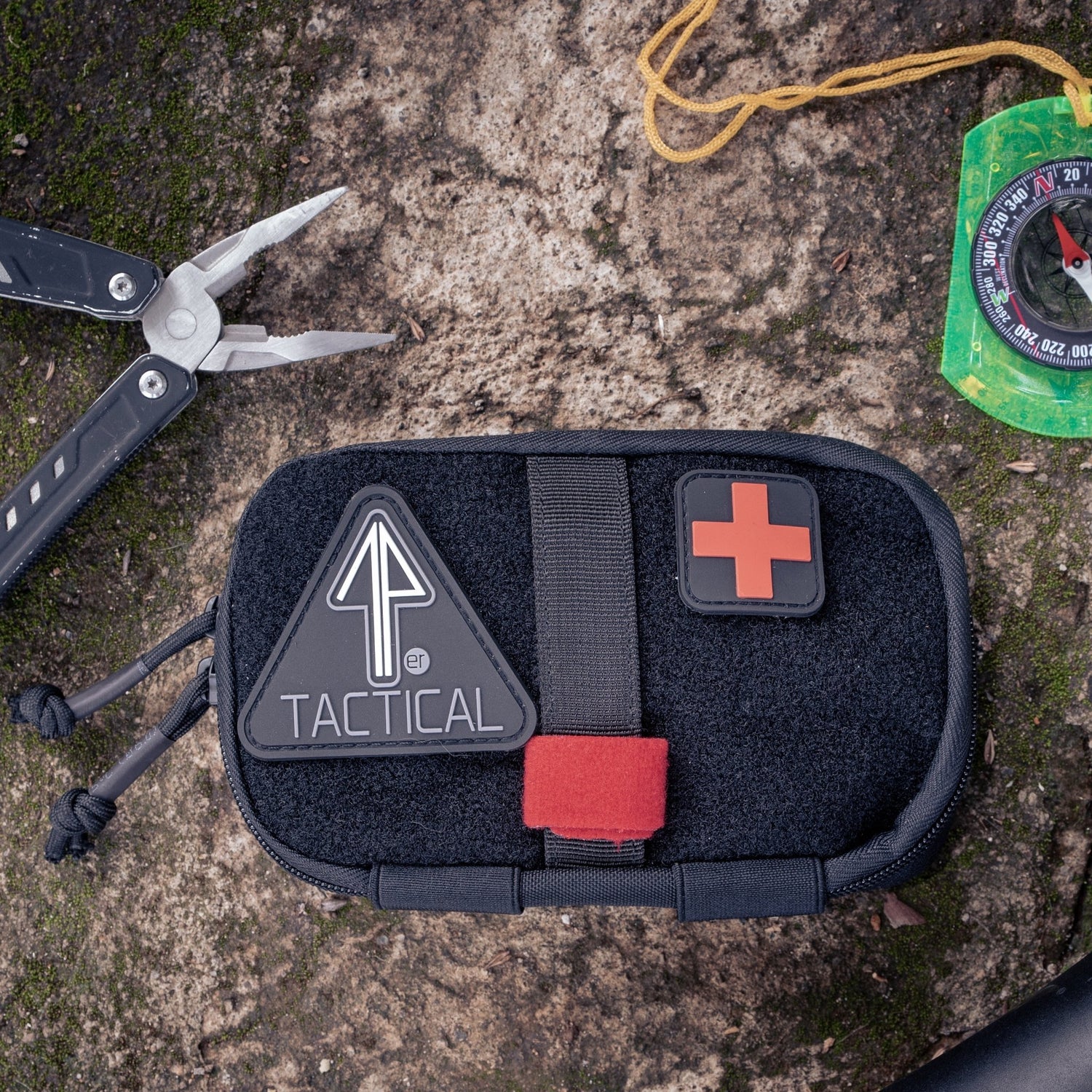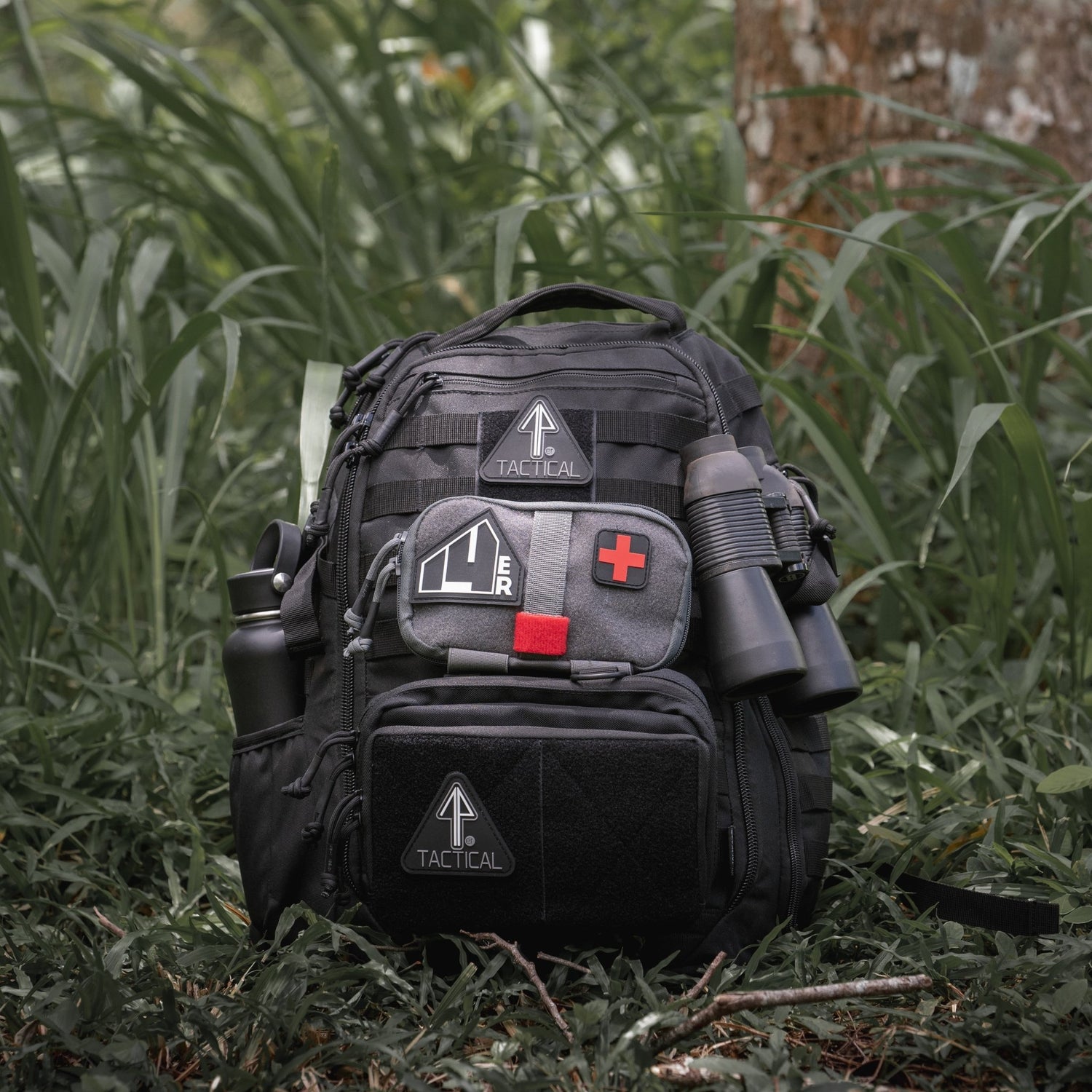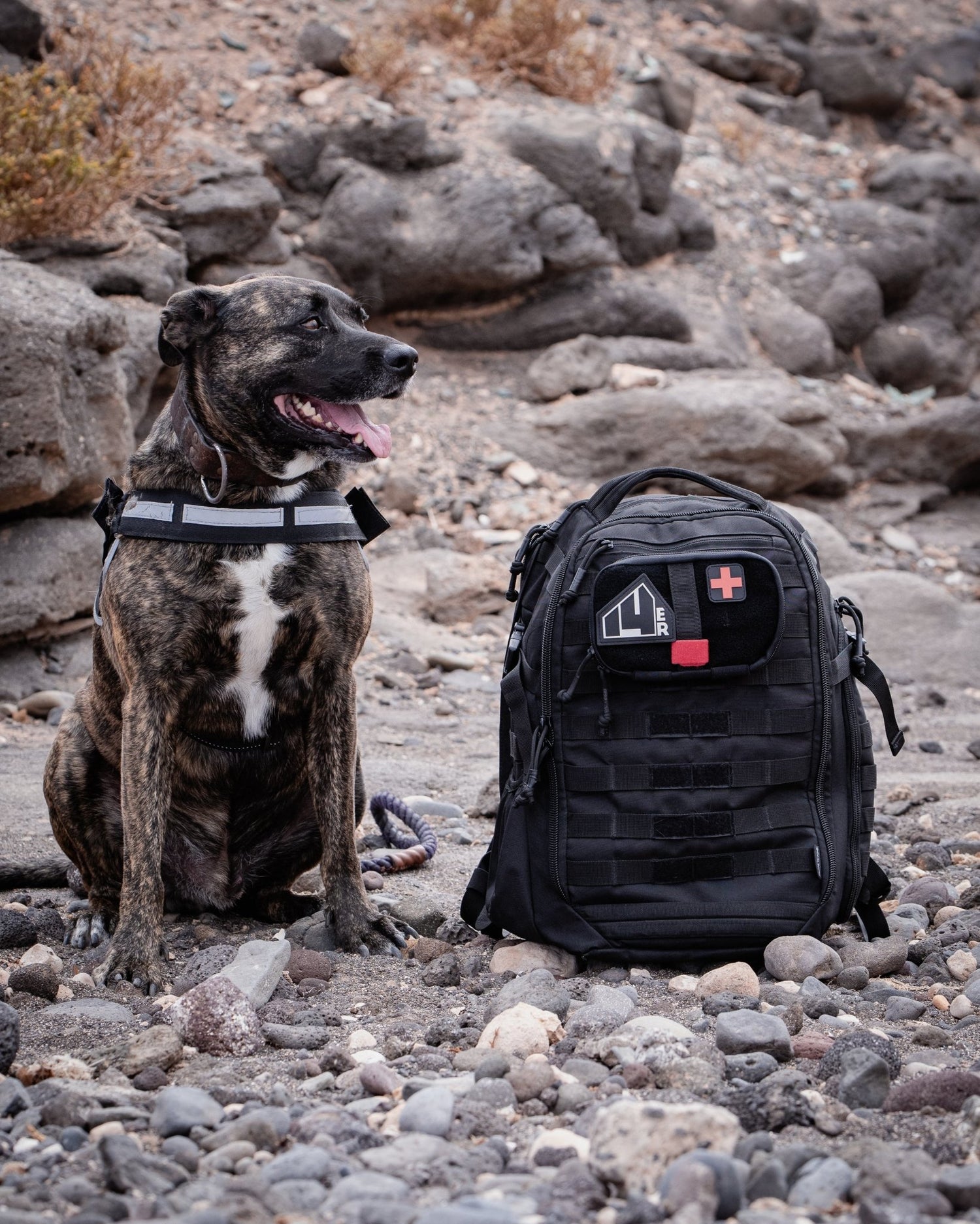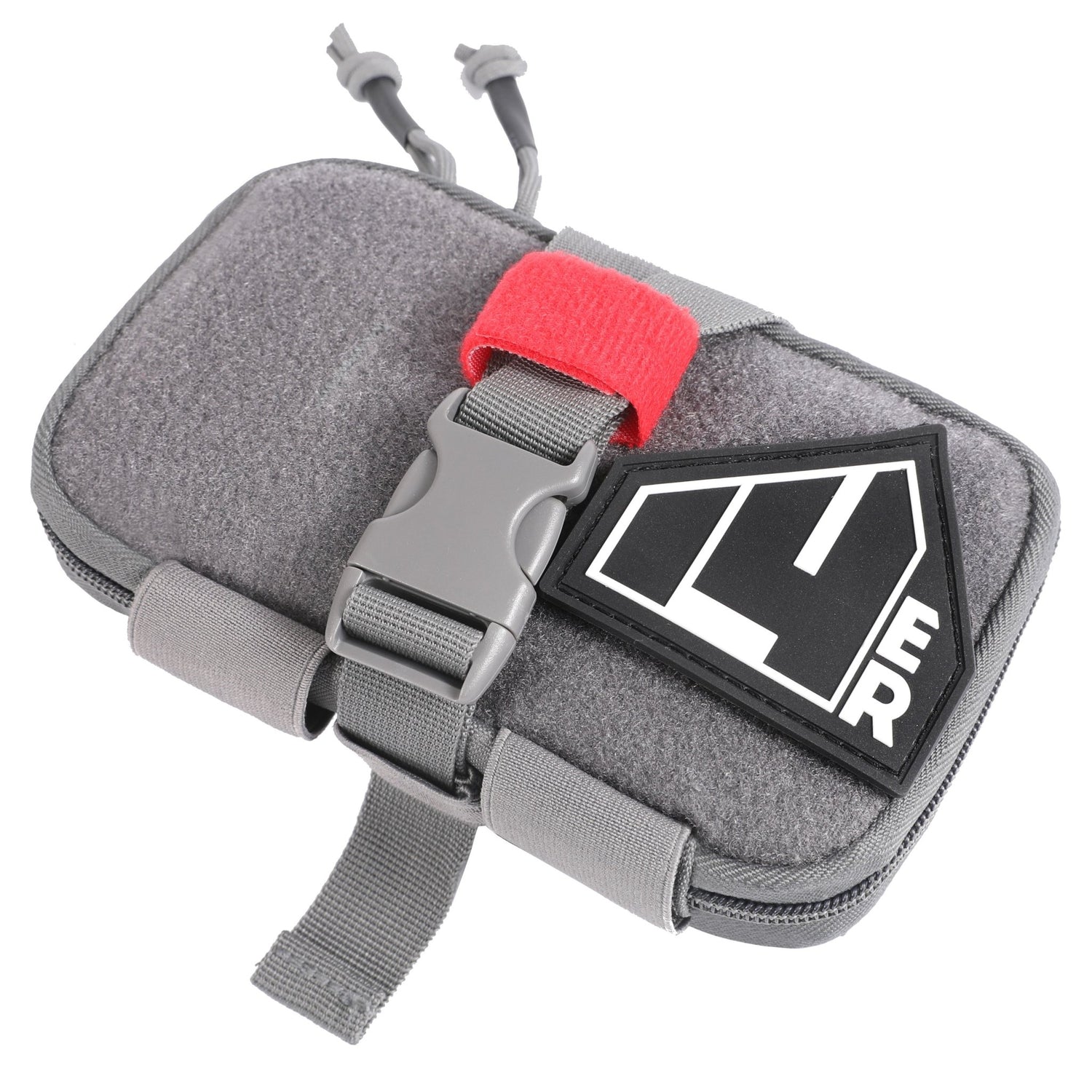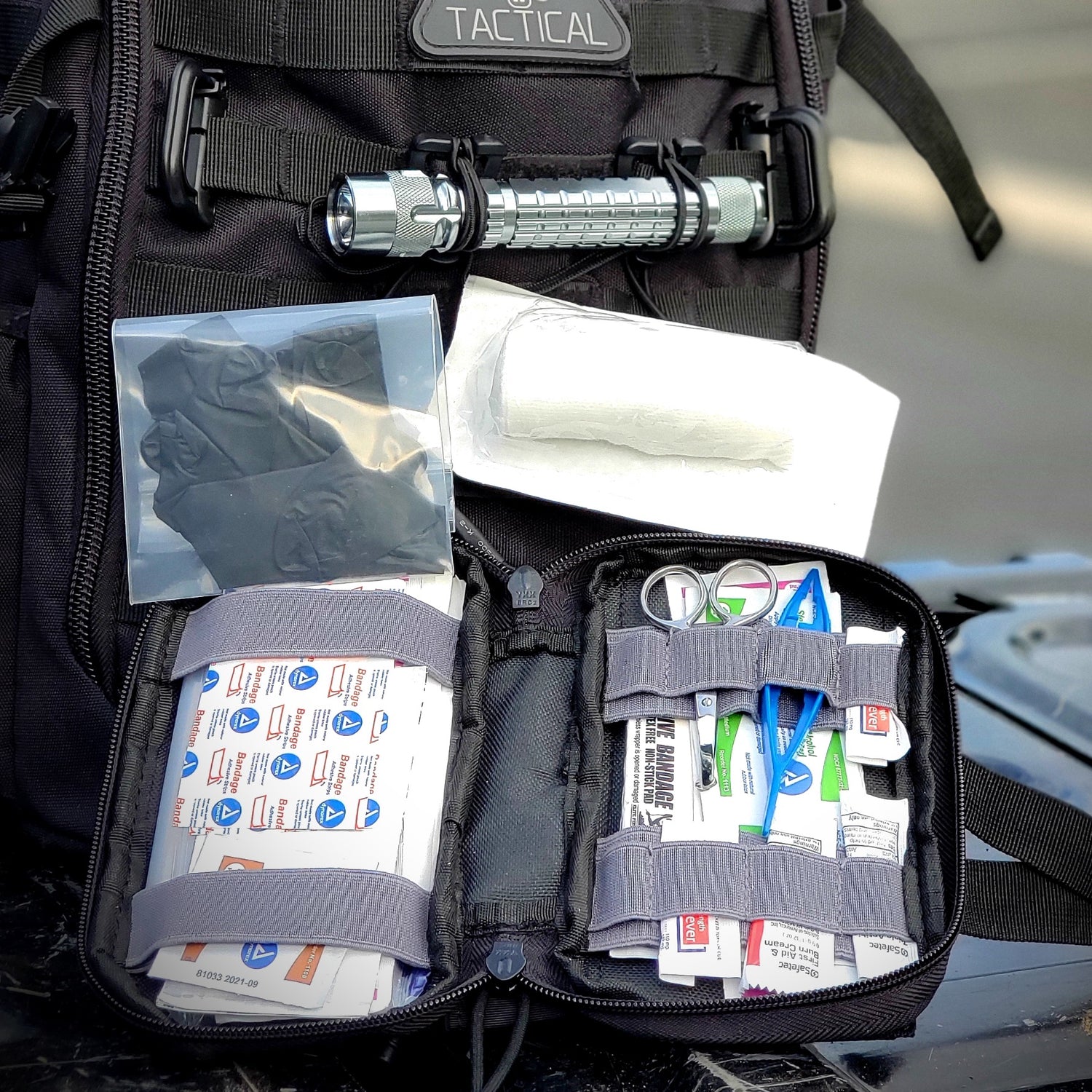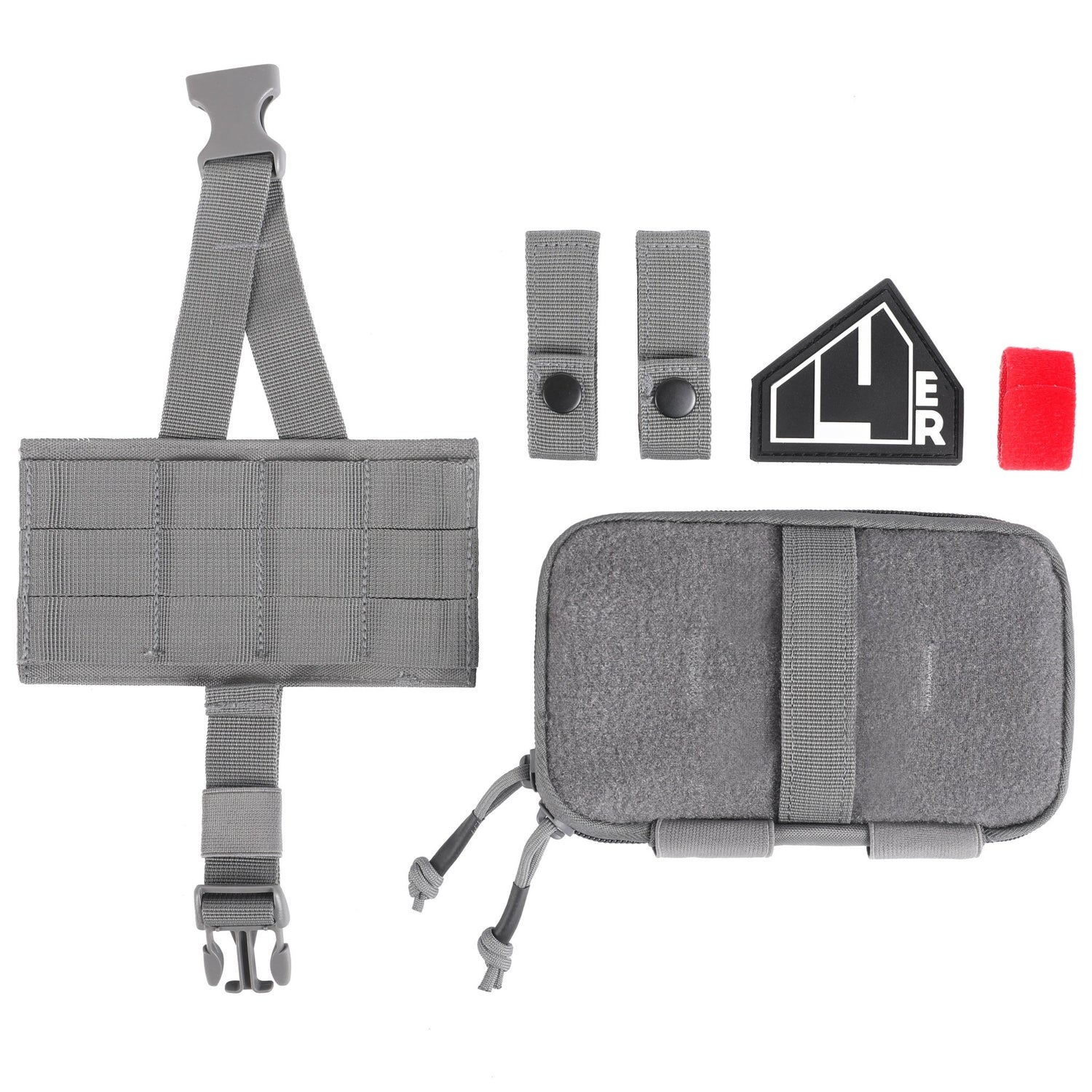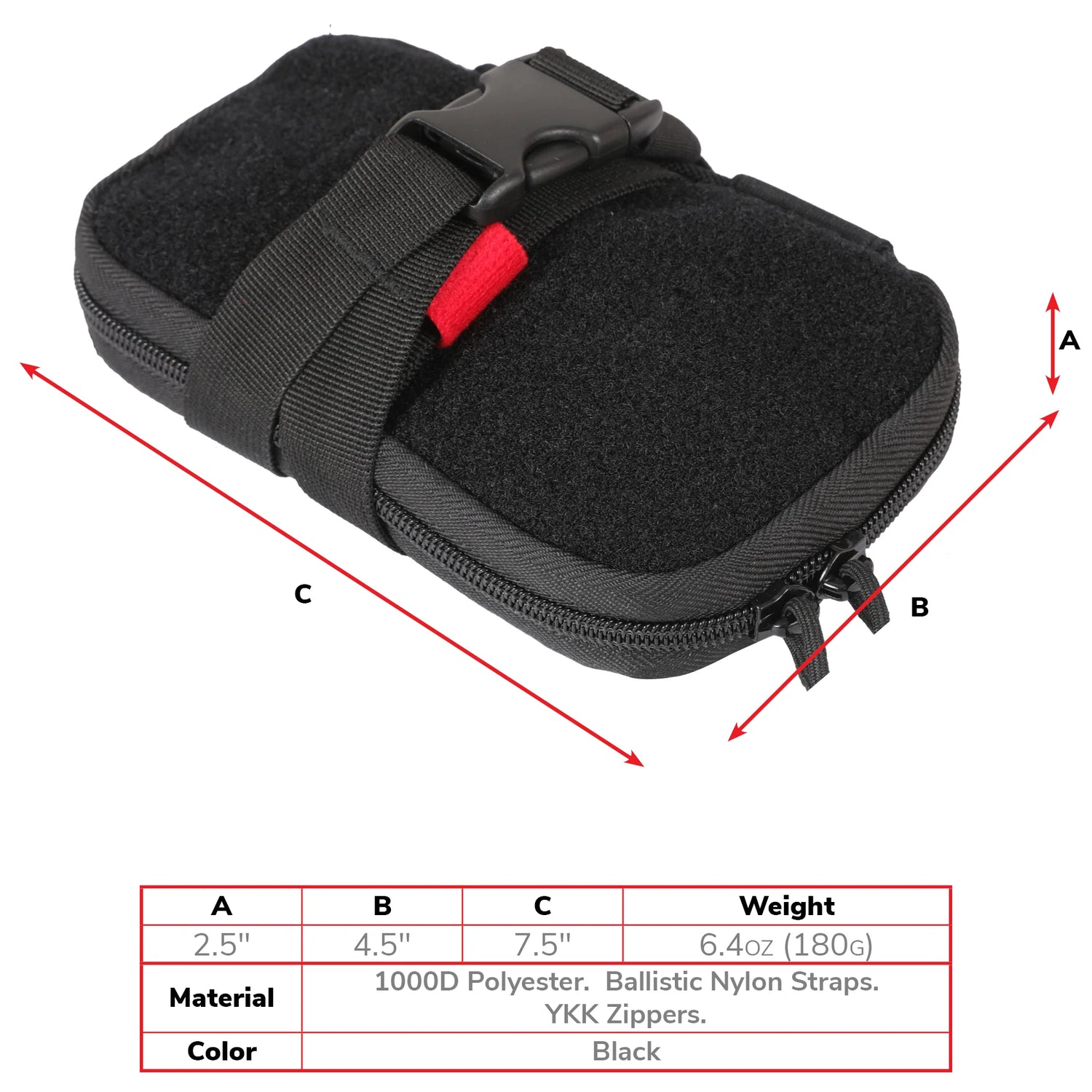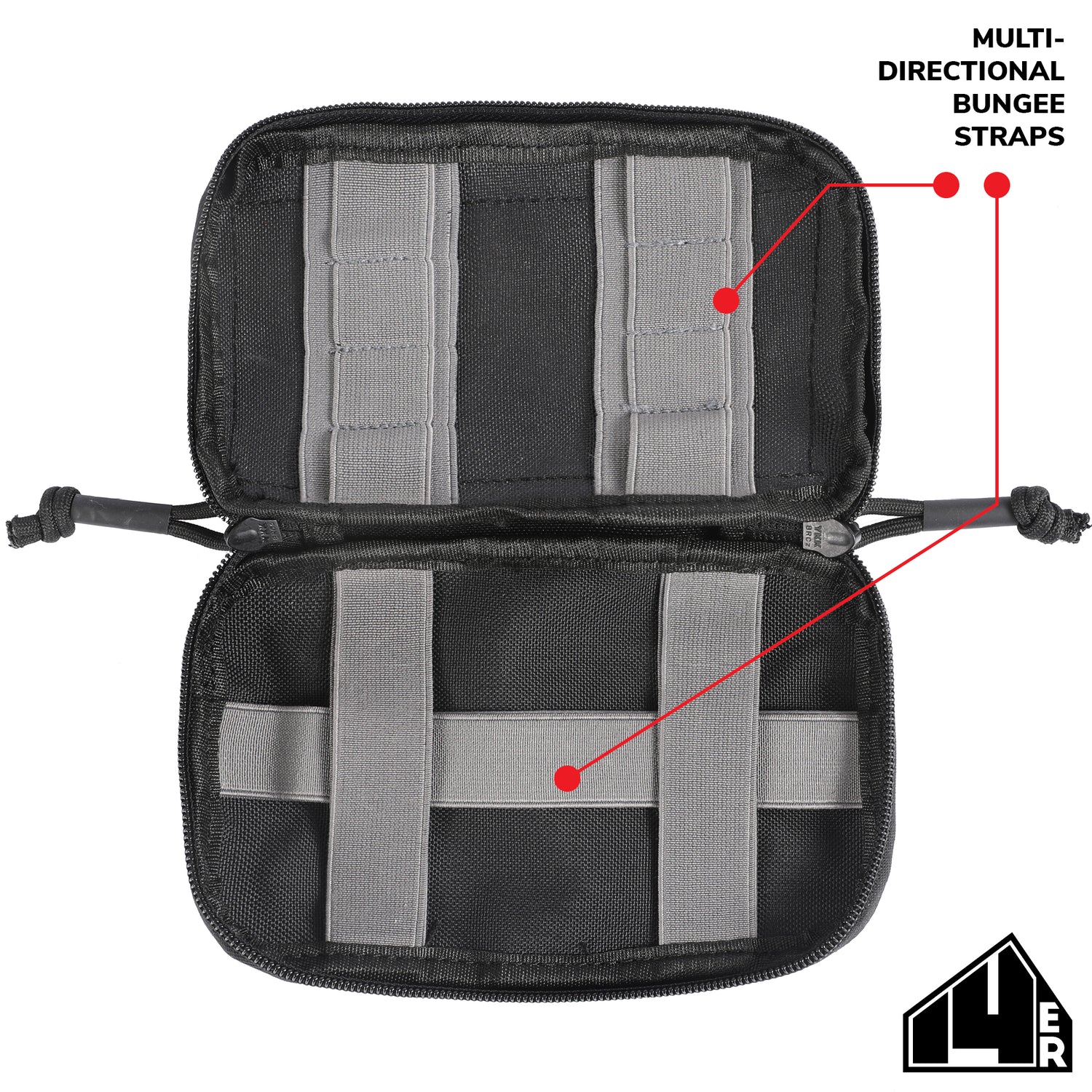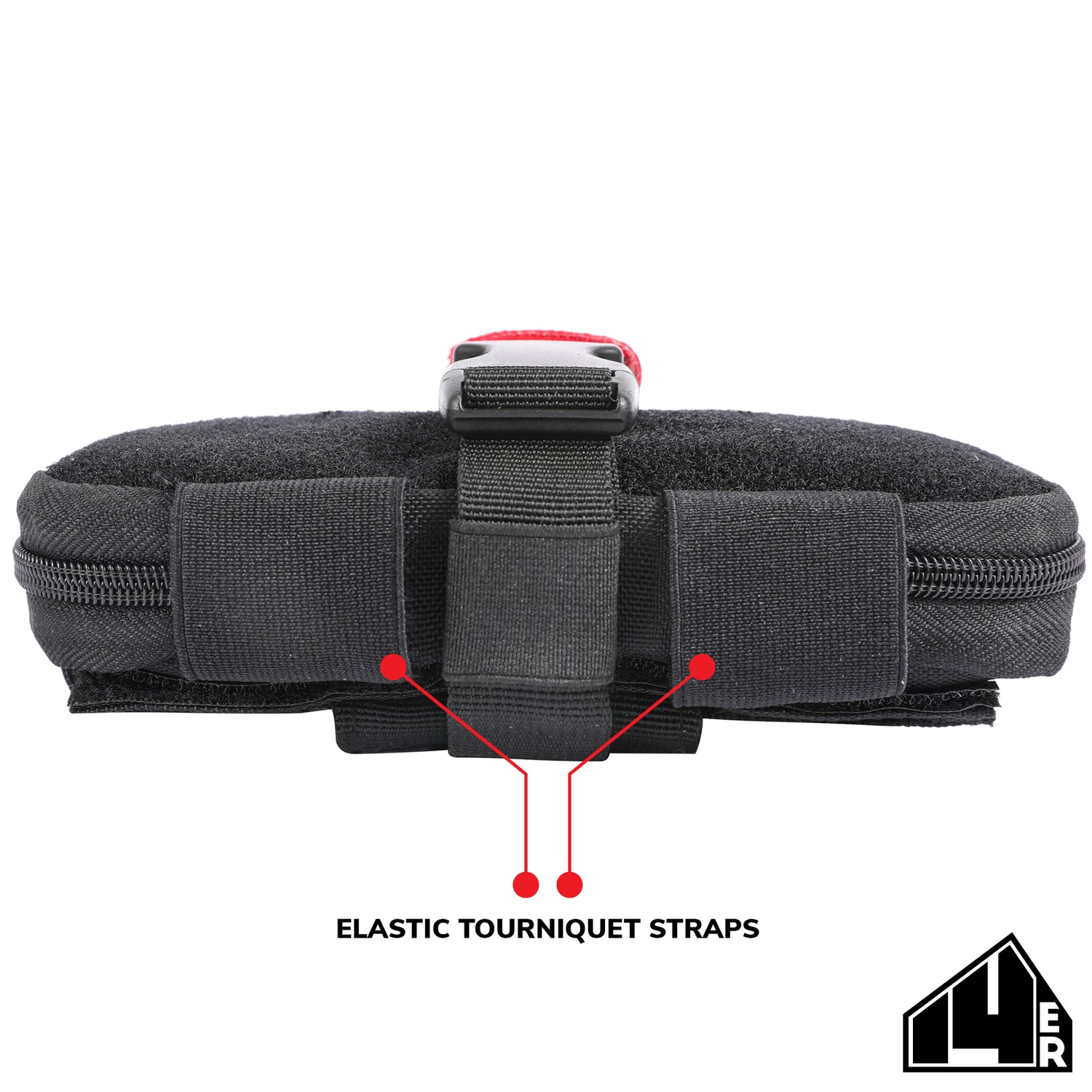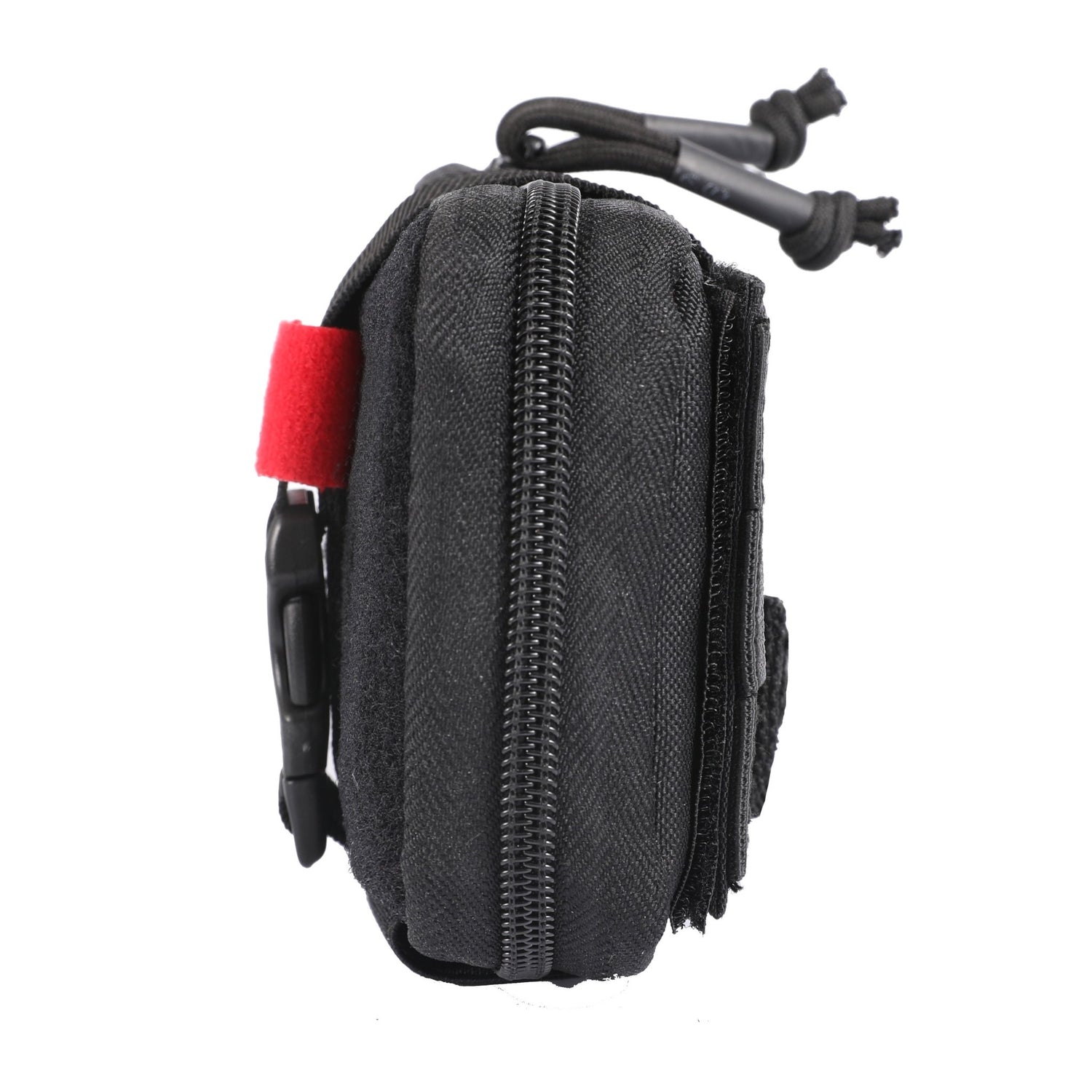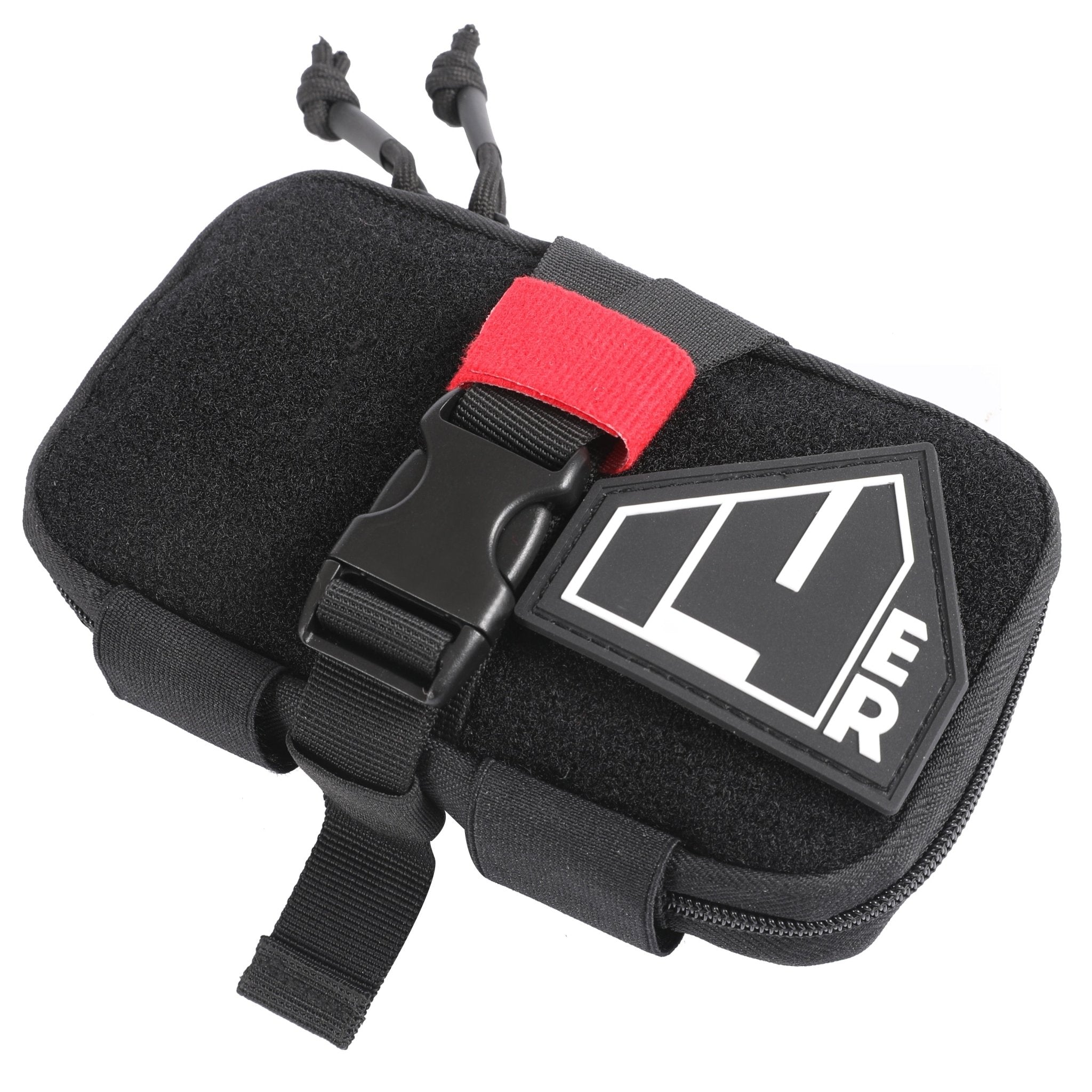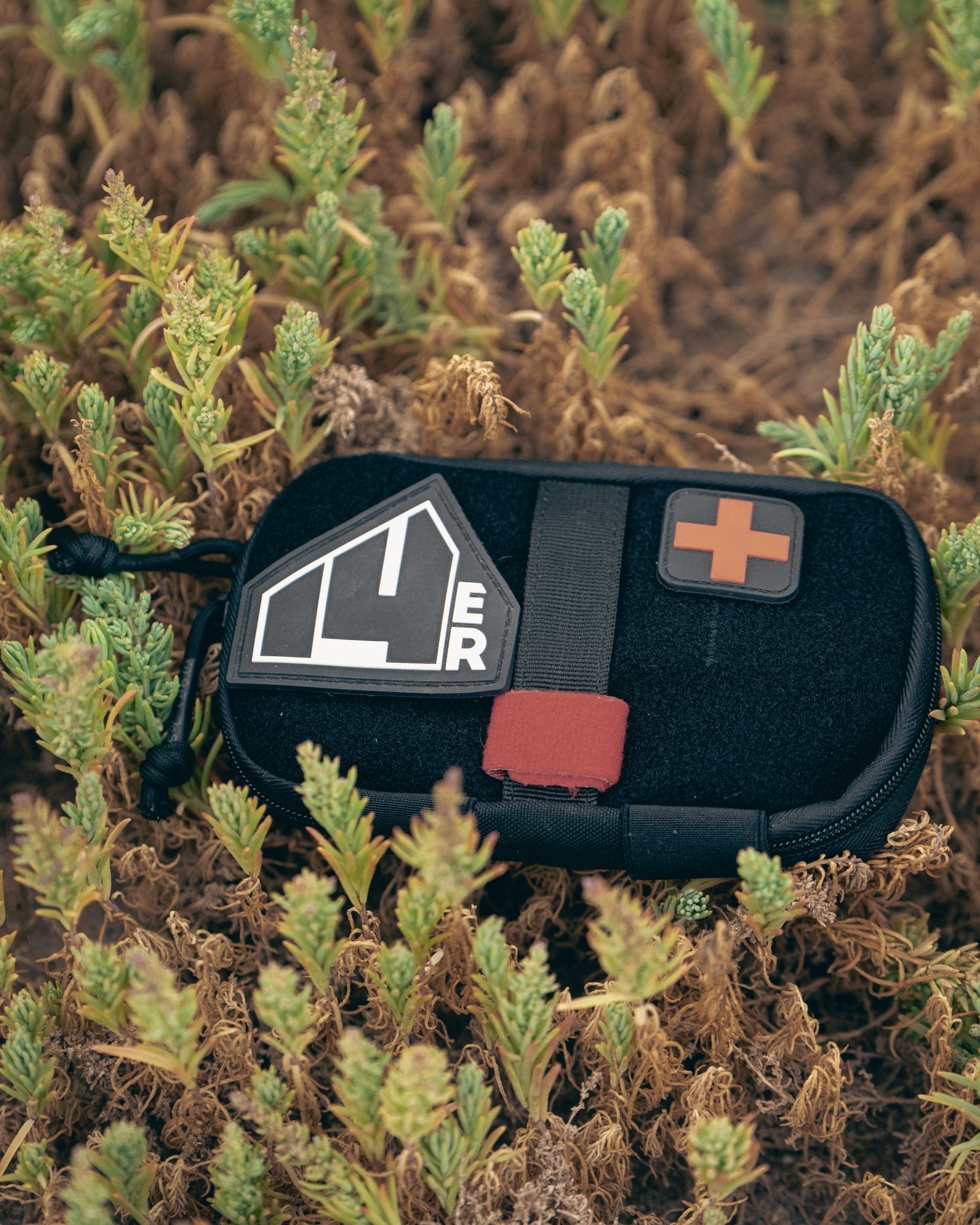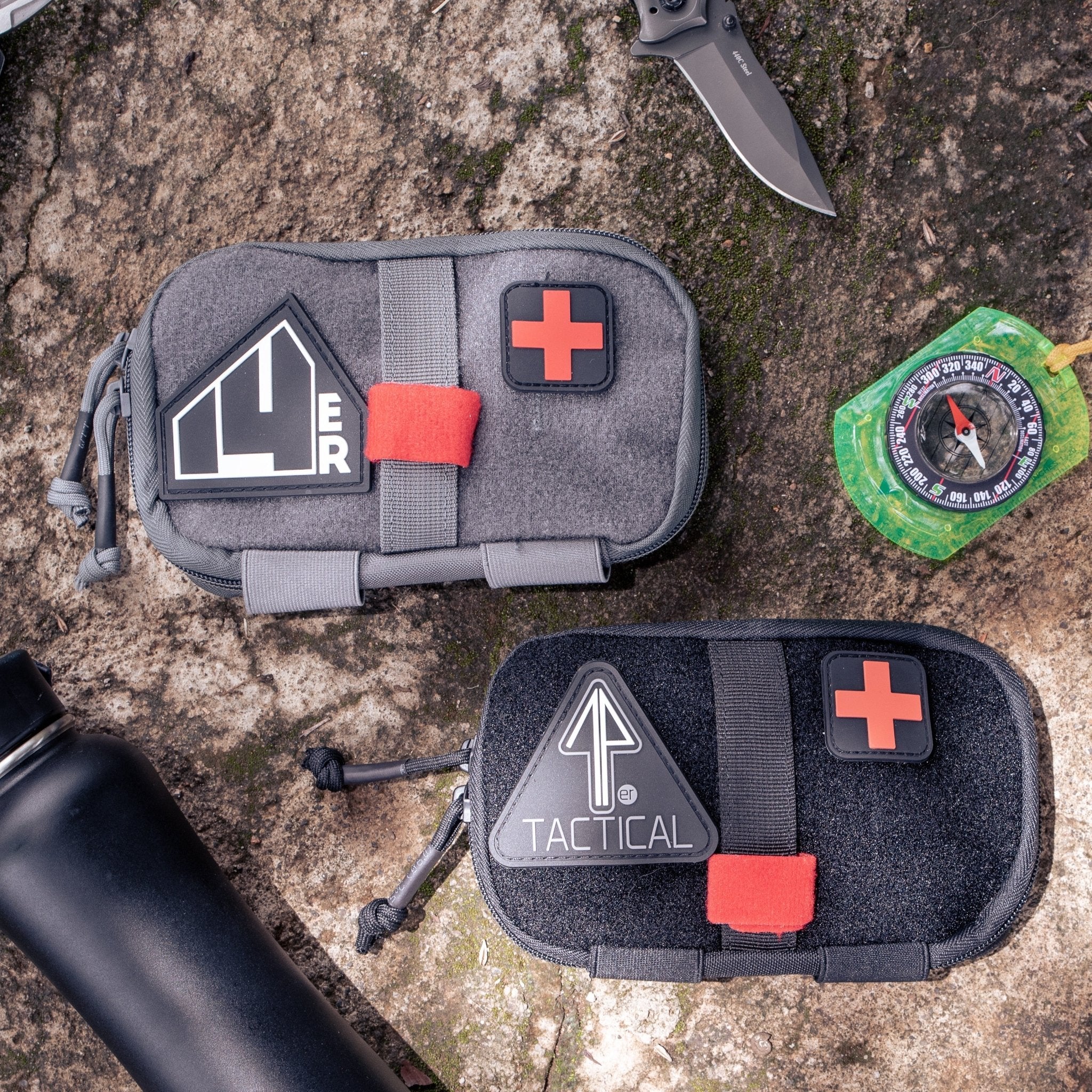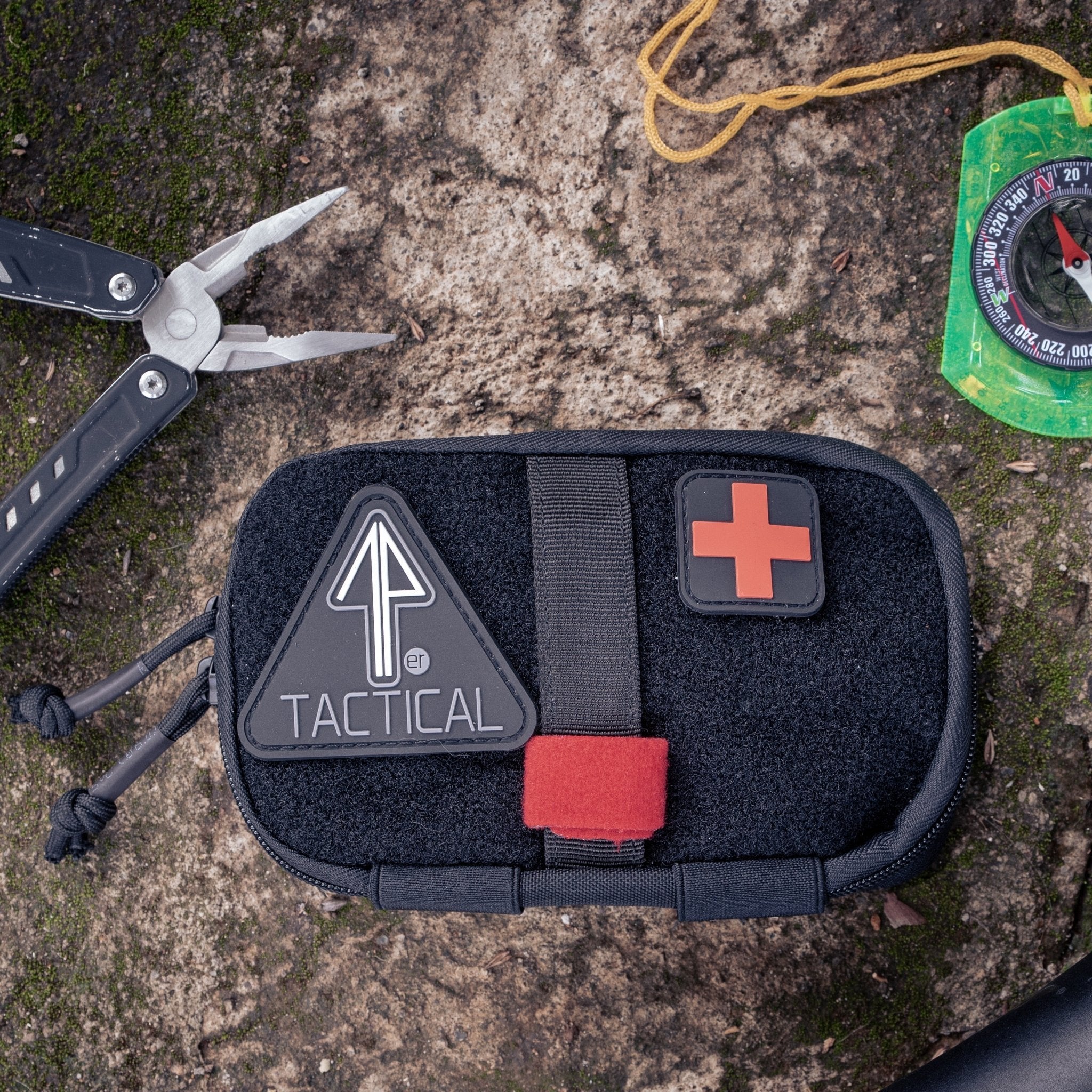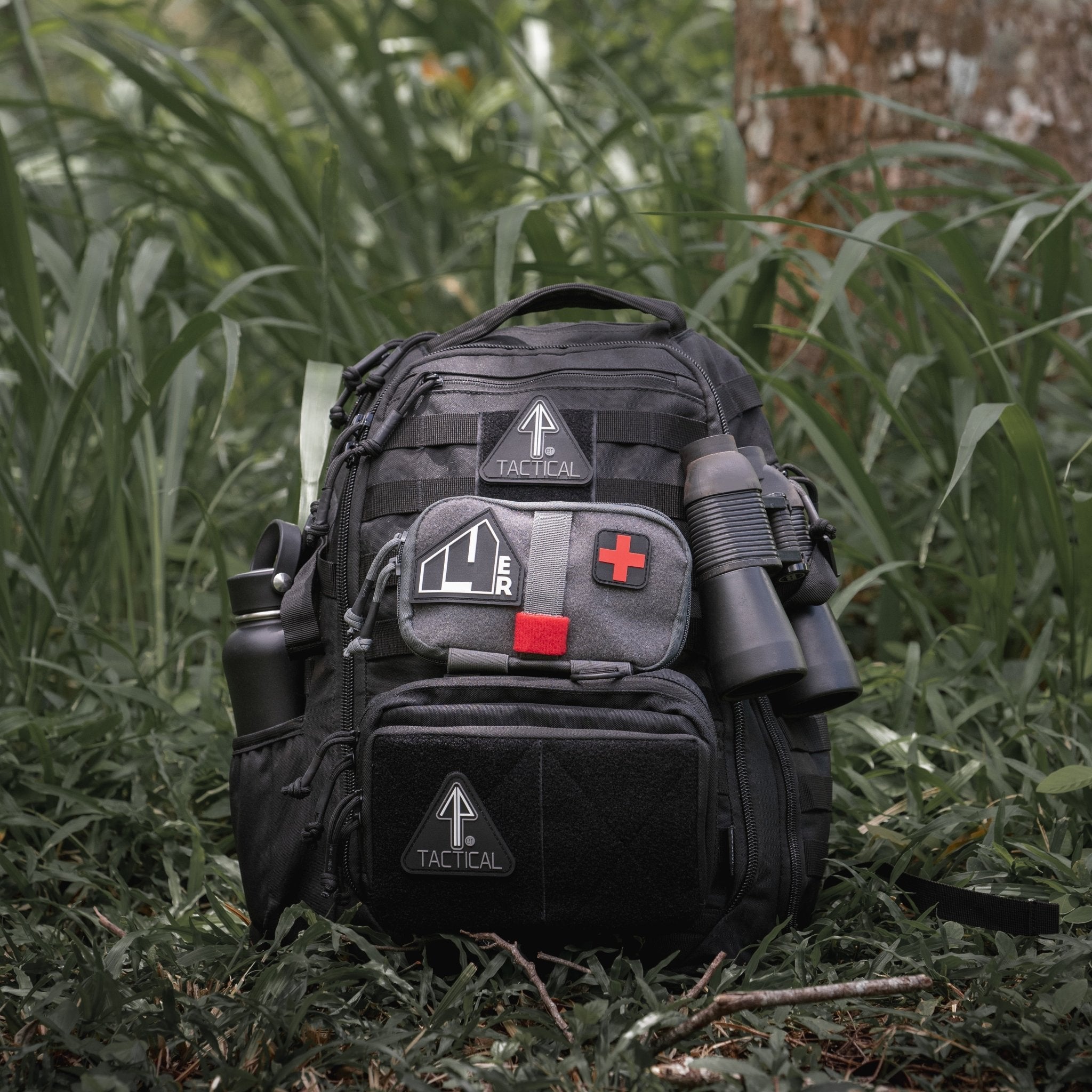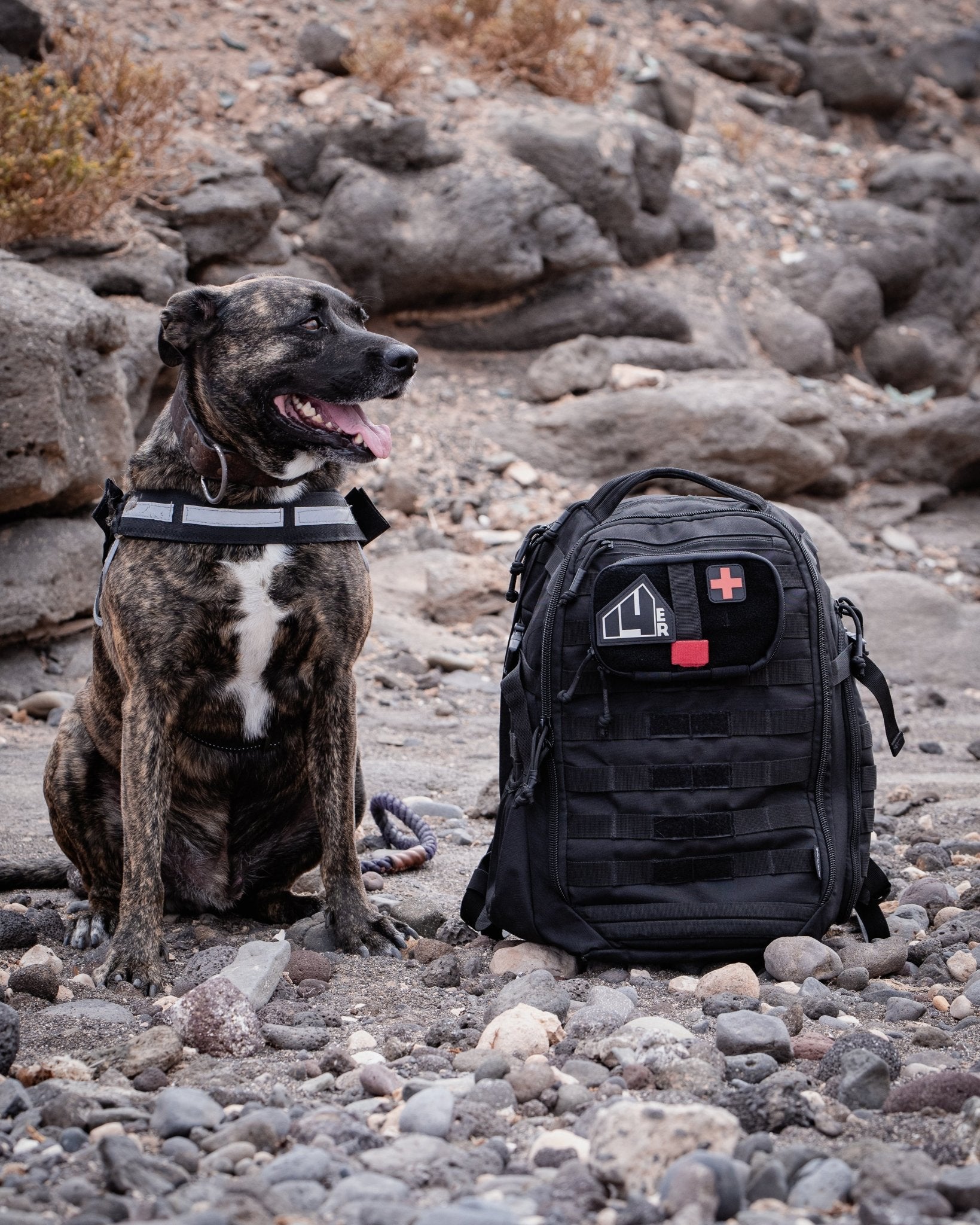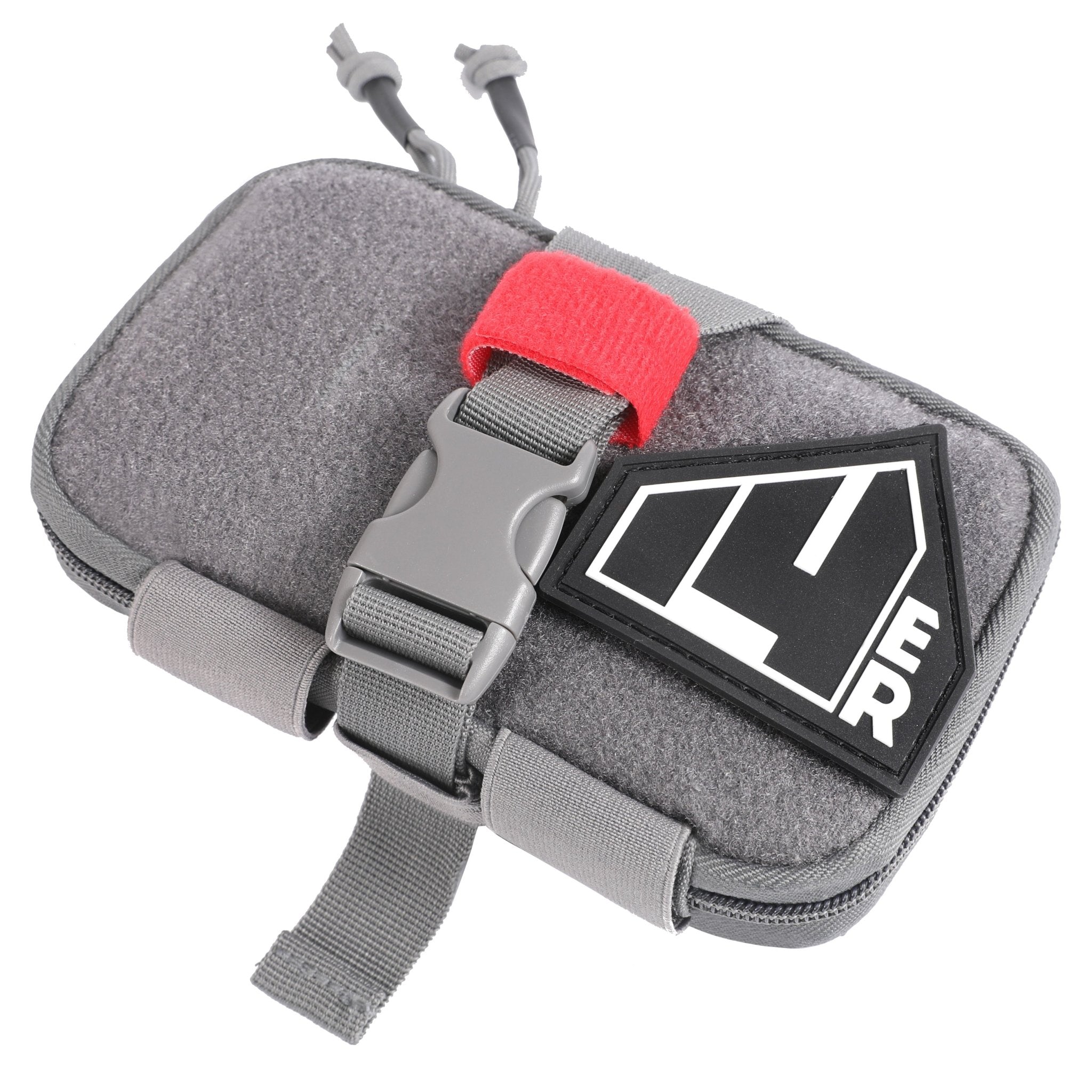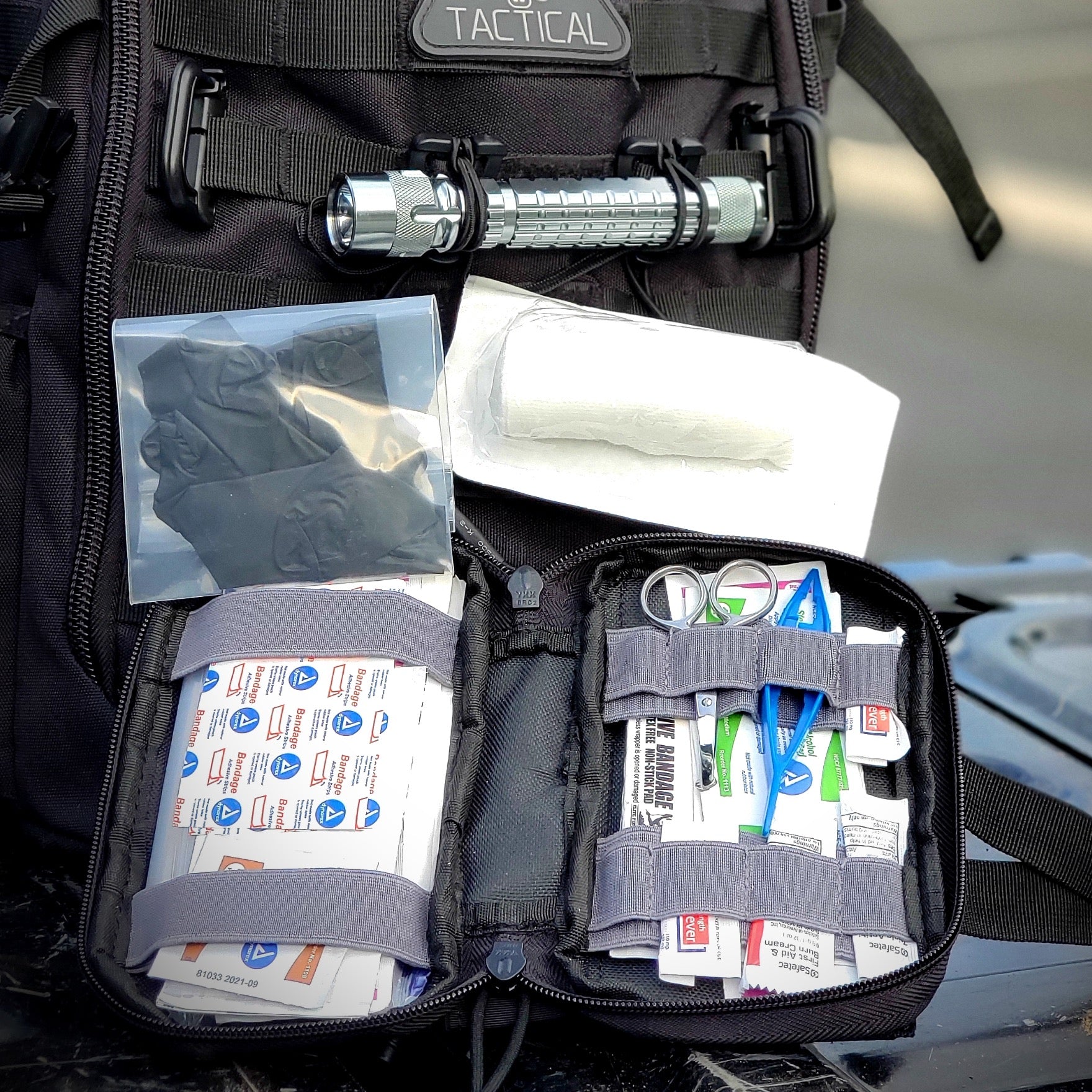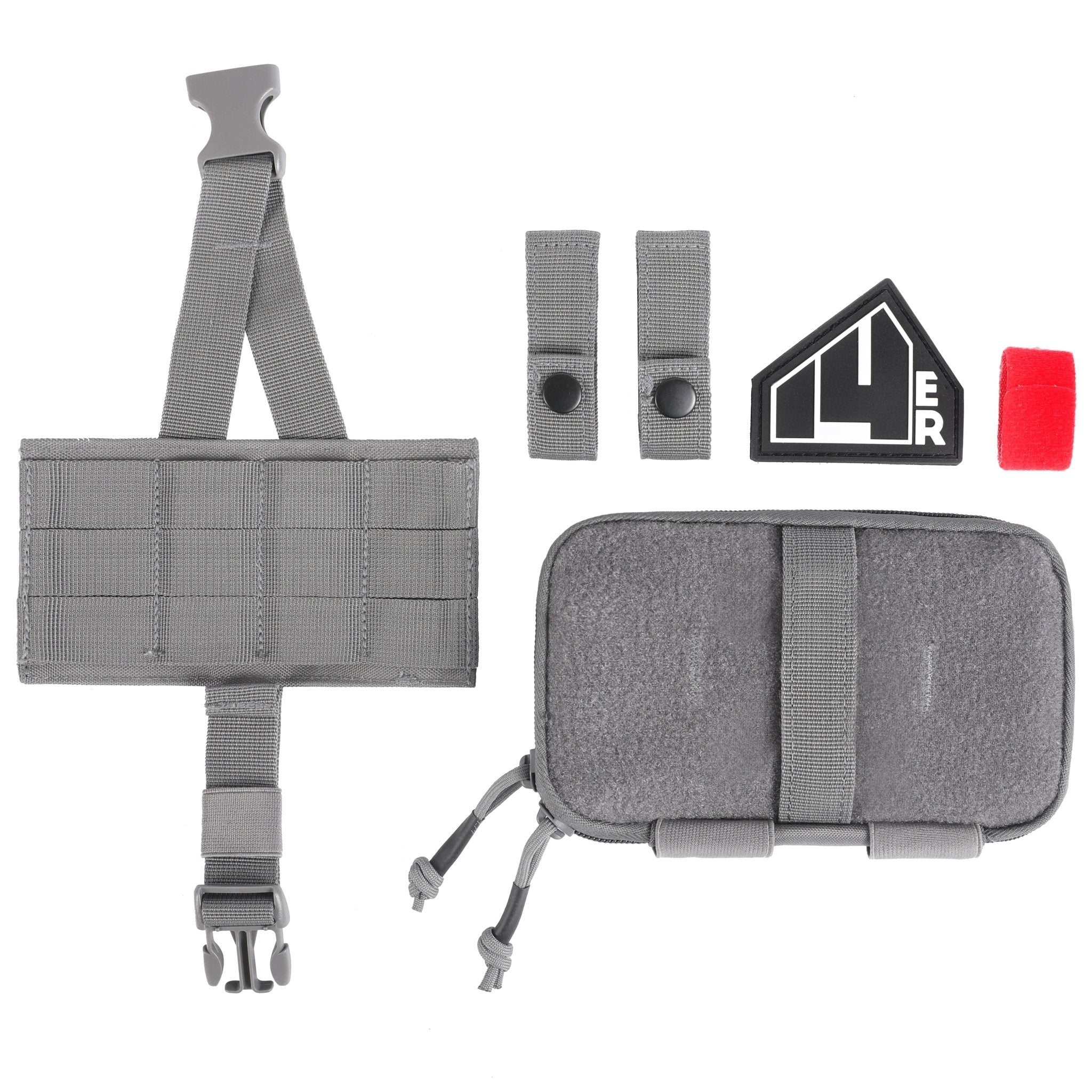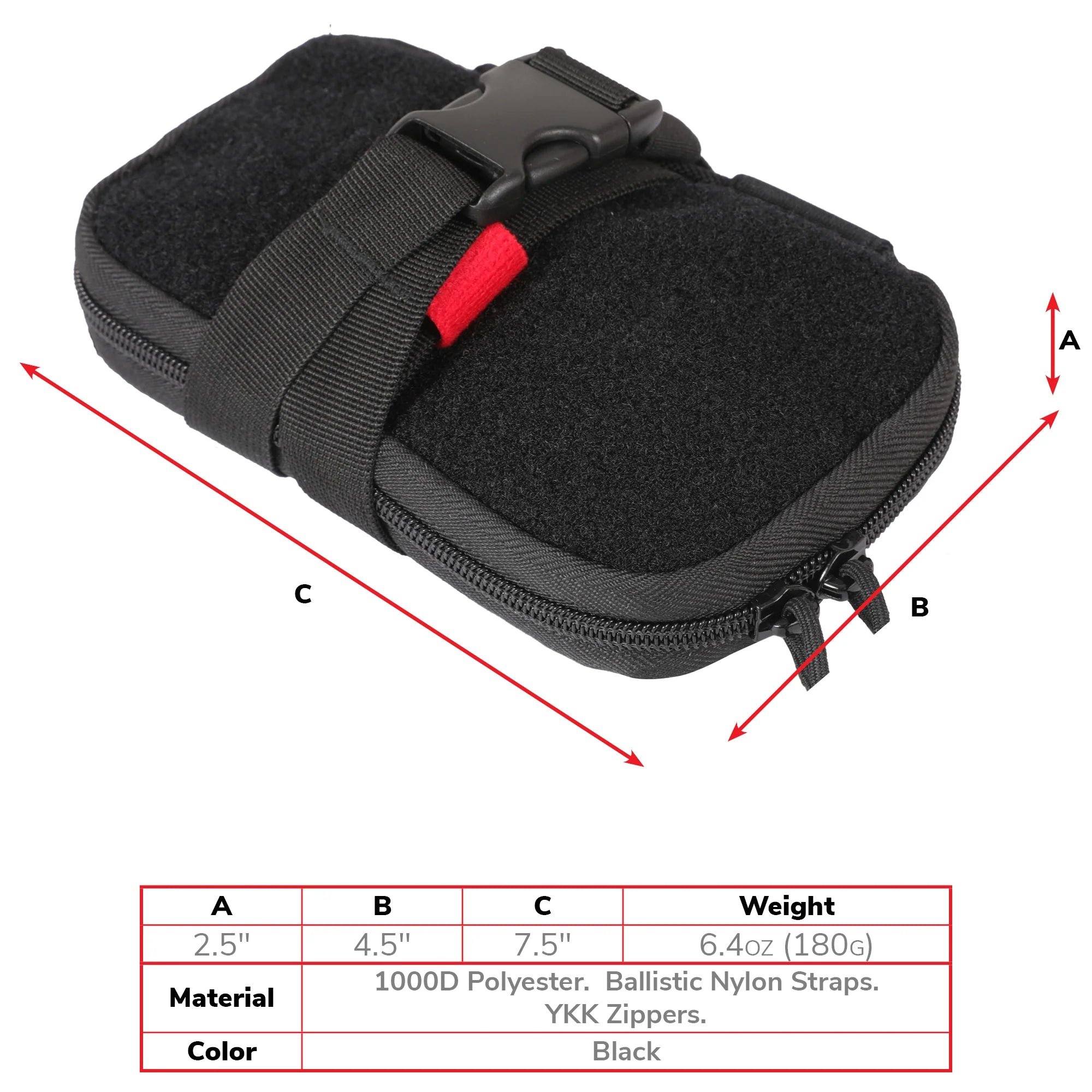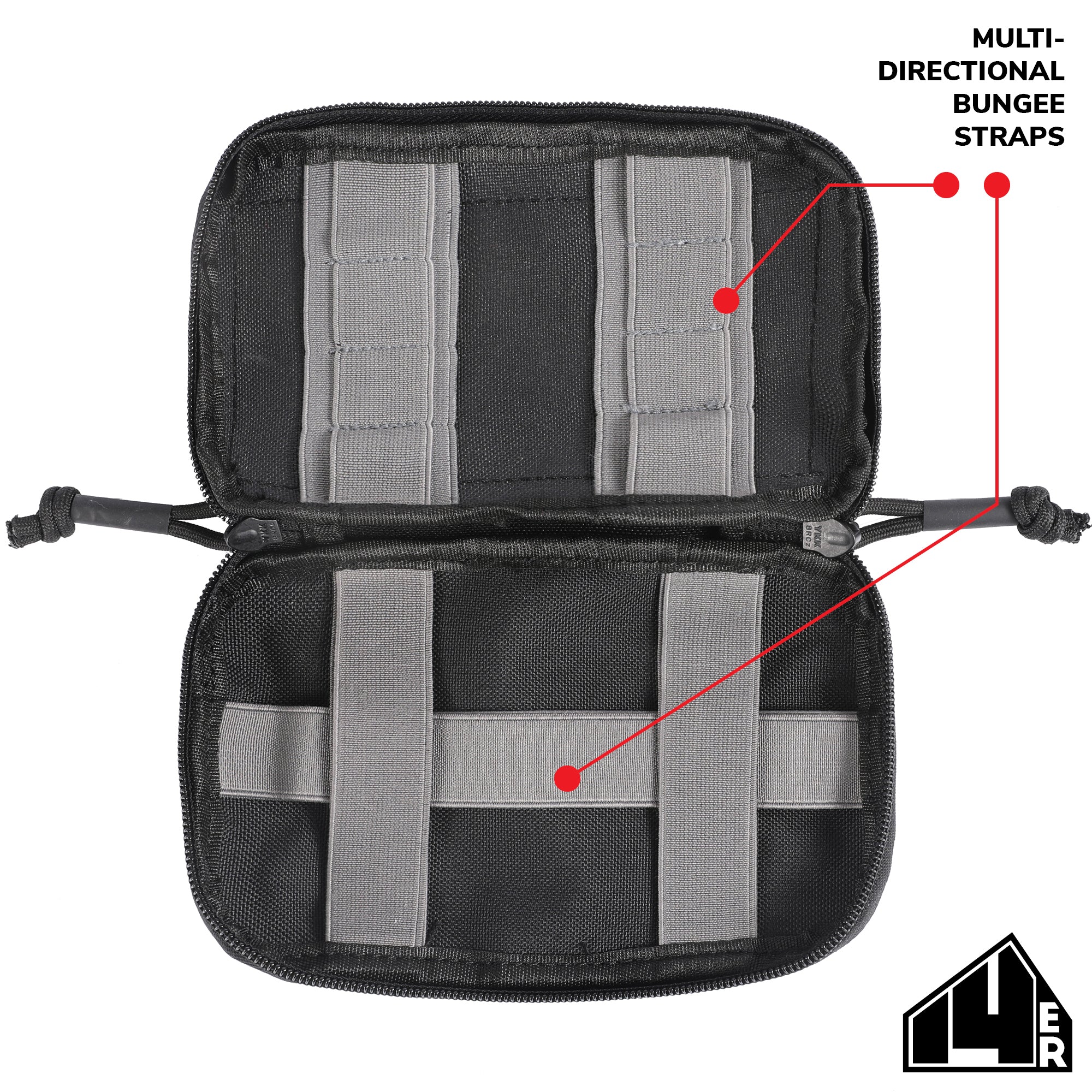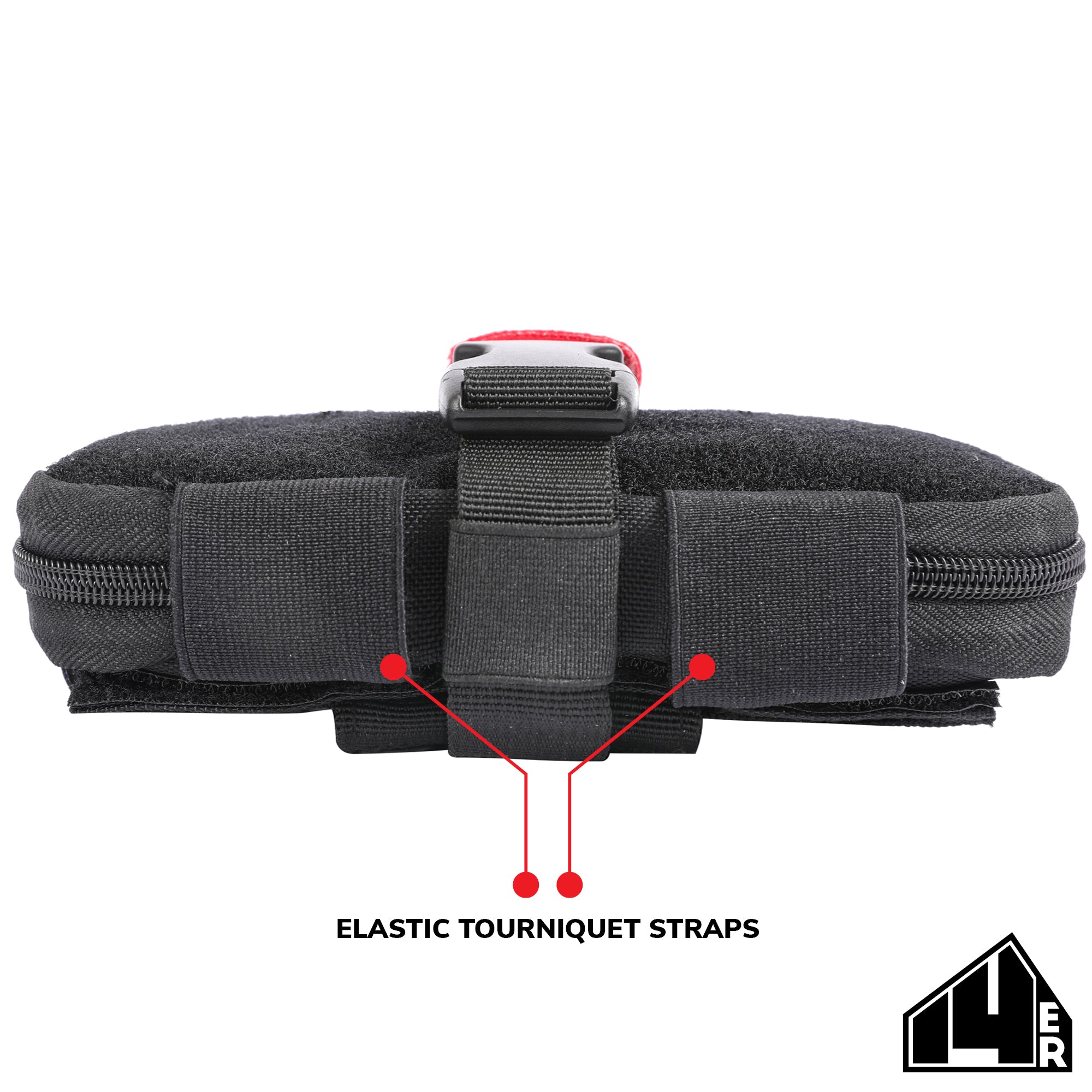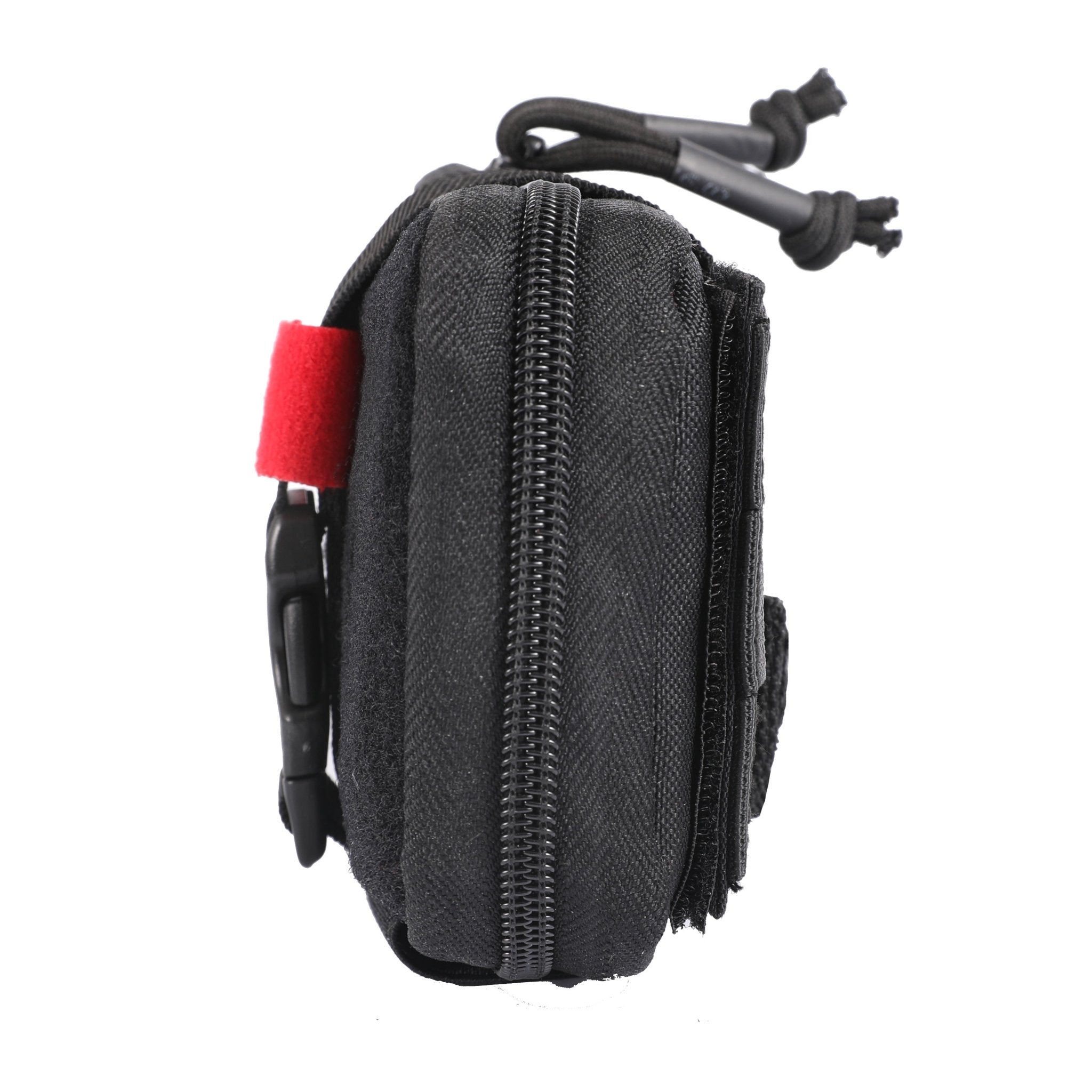
Springtime is a great season for camping and outdoor activities. The best time to plan a spring camping trip is right now! Start by thinking of what experiences you want to include in your trip. Then make the arrangements for your trip and get right to packing.
A lot of hikers have trouble with packing. You’ve got so many decisions to make. What should you bring? Do you really need this on the trip? What will you do if you forget to pack something important? It can prove a real pain, dealing with all of these concerns. That’s why we made this guide—we’ll help you get your tactical gear packing done in no time!
Packing Light: The Ideal Approach
Whenever you get ready to go camping, you have to balance the need to pack light with the urge to be fully tactically prepared. That’s what tactical planning involves, after all—making tough decisions. In our view, preparation begins with survival training. You’ve got to be capable of living in the wilderness even when you have limited resources on hand. And being a true survivalist will let you travel lighter, because you can get by just fine with fewer resources and tools.
You also have to make preparations based on the parameters of your spring camping trip. Do you expect the trip to take a day? Several days? Or even a weeklong camping trip? You also need to consider the difficulty of the trail and the expected environmental conditions. All these factors will inform the gear packing decisions you’ll have to make.
The quality of your outdoor gear is also a major consideration. You might want to use more durable equipment, but you’re also thinking of whether that means heavier gear. Well, this is the reason why tactical equipment is a good choice for hiking. Tactical gear functions almost exactly like military gear, which needs to exhibit toughness, flexibility and mobility all at once. A good tactical backpack can be made of a thick, durable material such as ballistic nylon. Yet it also has to be fairly lightweight. It follows the same tactical design principles as military rucksacks.

Light Packing Tips: Essential Items for Spring Camping
Now let’s get down to making the actual packing checklist! Most packing guides for camping will emphasize a popular list called the Ten Essentials. You can find a few different variants of it, but we’ll go with the American Hiking Society’s list, which specifies the following: footwear for hiking, navigation tools, food, water, shelter, first aid kit, sun protection, rain gear, survival tools, and a knife or multi-tool.
Having such a checklist gives you an excellent starting point. And while the listed items are called “essentials,” you can make minor alterations to better match the nature of your spring camping trip. Shelter (tent and sleeping bag) might not be required for a day hike on a well traveled trail, for example. Navigation tools may be less crucial when you’re visiting a trail you know very well (though it’s good to have a compass, at least). Feel free to make similar decisions when finalizing your checklist. You shouldn’t go for a radical change, though.
The use of multi-functional tools can help you achieve a lighter load without losing out on functionality. This is the same approach behind the choice to take a multi-tool over a simple utility knife. The multi-tool offers more versatility. Similarly, you can use technology that can perform a multitude of functions. A mobile phone can be useful for navigation, communication and lighting, for example. In such a case, you should be sure to bring a charging device with you as well. You don’t want your phone ending up dead weight!

Light Packing Tips: Making the Most of Your Backpack
With a handy 14er Tactical Backpack, you’ll find it convenient to organize your camping gear. Your tactical backpack is designed to be modular, so that you can customize its form and functionality. The modularity is provided by a MOLLE system comprising PALS straps. It allows you to quickly attach or detach external compartments, adjusting the backpack’s structure and carrying capacity. The compartments will be firmly secured to the backpack’s hide while it is in use.
Another advantage of this system is the ability to redistribute weight more tactically. A seasoned hiker can tell you that a backpack can be carried more naturally and lightly with a proper distribution of weight. You’ll want to arrange your bag’s contents so that heavier and bulkier items are at the bottom or situated right against your back. Adding external pouches will let you ensure enough room to place the heavier items in your backpack’s main storage space. You can keep your lighter belongings in the external pouches.
You also want to consider the accessibility of certain items. Things that are stored in external pouches or pockets will be a lot easier to retrieve. These would be good spots to place the items that you want to have quicker access to, such as trail food and rain gear. Your individual first aid kit should be stored in an easy-access IFAK pouch attached to the pack’s hide via MOLLE system. The 14er Tactical IFAK pouch is an excellent option for this, as it can be firmly secured to the hide of the 14er Tactical Backpack.

Light Packing Tips: Carrying Food and Water
You’ll want to have your water bottle within easy reach during your hike. A hydration pack might be a serviceable option for you. Additional water can be carried in your main pack. As water can be quite heavy, you might want to carry less if you will be able to refill your bottle on stops along the trail. In some cases, this may require you to bring water purification or filtration solutions, but these would be lighter to carry than water.
Trail snacks should also be conveniently accessible. Many hikers like to have a snack once per hour to keep up their energy. For lightweight snacks to carry, you can go for beef jerky or other types of jerky. Trail mix, granola bars, protein bars, freeze-dried fruit, nutrient-dense cookies, cheese sticks and veggie sticks are good options as well.
Do you have any packing tips for a spring camping trip? Share your advice in the comments!


